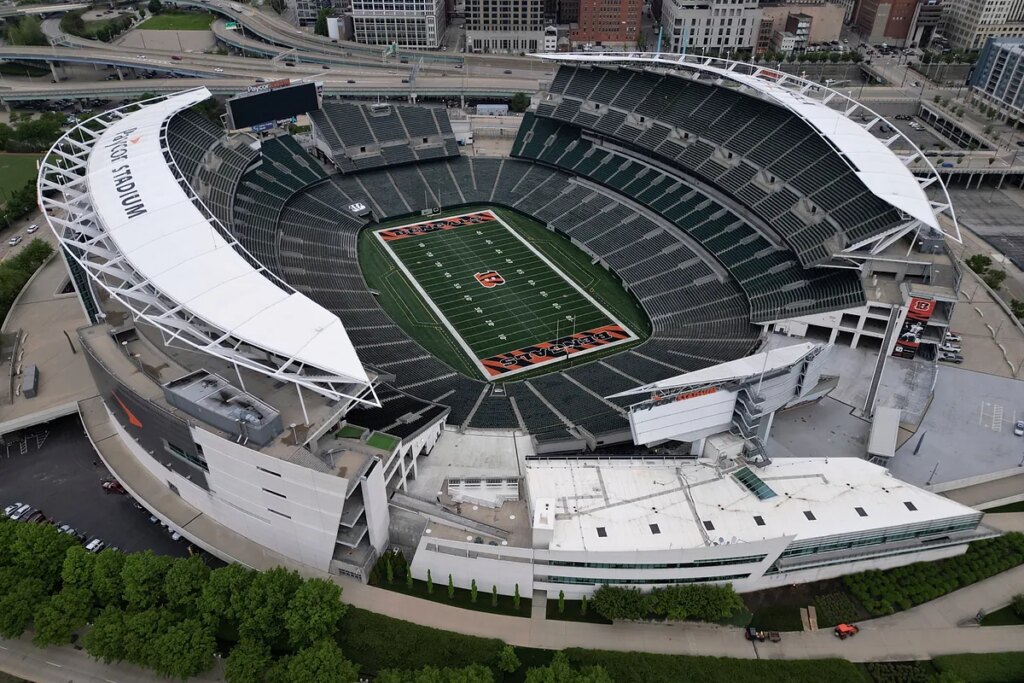After months of back-and-forth and some tough public conversations, Hamilton County and the Cincinnati Bengalshave come to terms on a major agreement that secures the team’s future downtown.
On Thursday, county commissioners approved a $470 million plan that will fund significant renovations to Paycor Stadium and keep the Bengals in their longtime home through at least 2036. The current lease was set to expire after the 2025 season, and with a June 30 deadline looming, pressure had been mounting to get something done.
A Renovation That Reflects the Times-And the Budget
Unlike earlier proposals that topped $1 billion, this plan is notably scaled back. The county will cap its contribution at $350 million, while the Bengals and the NFL-via the league’s G-5 loan program-will put in $120 million. It’s a more balanced approach than what fans and analysts have seen in other cities, where public funding often far outweighs team contributions.
Bengals executive VP Katie Blackburn called the vote a turning point. “We’re proud to call Paycor Stadium our home and to keep our future here in Cincinnati, where it belongs,” she said in a statement.
The county board voted 2-0 to approve the deal. Commissioner Alicia Reece abstained, continuing to voice concerns about the overall structure and long-term impact of the public investment. Still, the agreement is being hailed as a pragmatic solution-especially compared to the original $1.2 billion renovation plan revealed by MSA Sport last year.
Under the proposed lease terms, the Bengals will pay rent for the first time since the stadium opened in 2000–$1 million annually for three years, and $2 million per year after that. Additionally, a new clause gives the county some power over lease extensions if the team performs financially, specifically if the Bengals rank in the top 24 for league-wide revenue.
How Does Cincinnati Stack Up?
Compared to other NFL cities, Hamilton County’s contribution stands out as relatively modest. The Carolina Panthers’ current stadium project is receiving more than 80% public funding, according to The Charlotte Observer, while the Baltimore Ravens are contributing just $20 million to a $490 million renovation, per The Baltimore Sun.
Meanwhile, state funding remains an open question in Ohio. Though the Bengals and the county have asked for help, none has been allocated yet. That contrasts sharply with Cleveland, where the Browns are expected to receive $600 million in state support for their own multibillion-dollar project (Cleveland.com).
Despite those uncertainties, Thursday’s deal signals stability-and relief.
“I really didn’t think we’d be here today,” Commissioner Stephanie Summerow Dumas said during the vote. “Things were going in different directions, but our team and their team worked hard to become a winning team.”
Read the full article here

